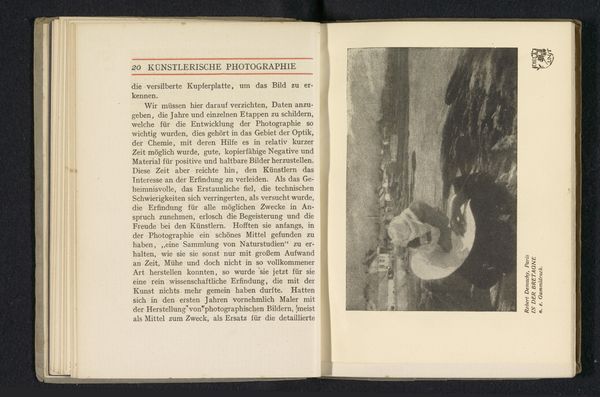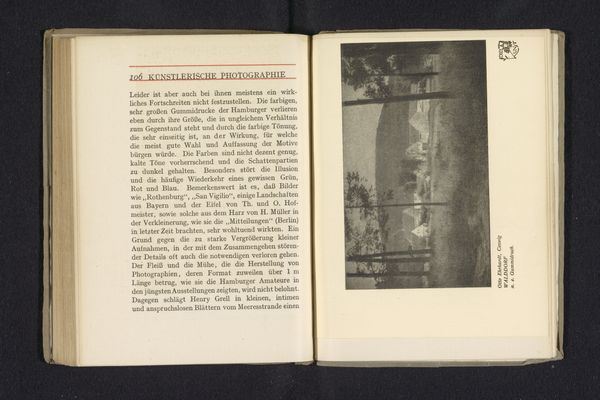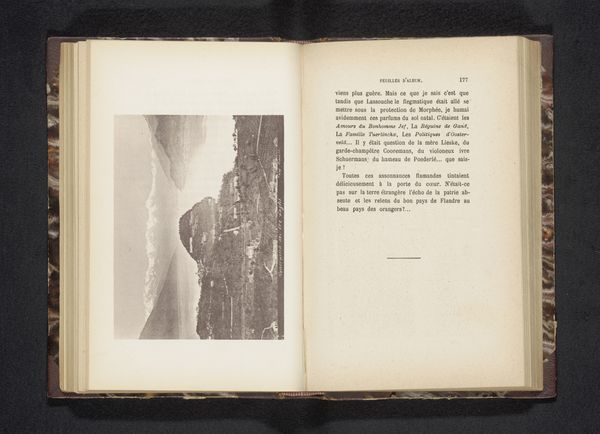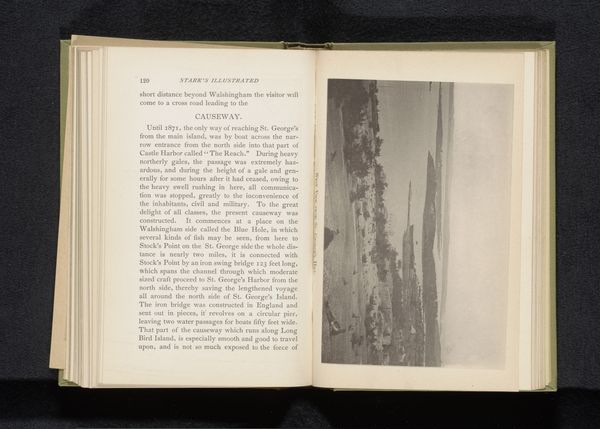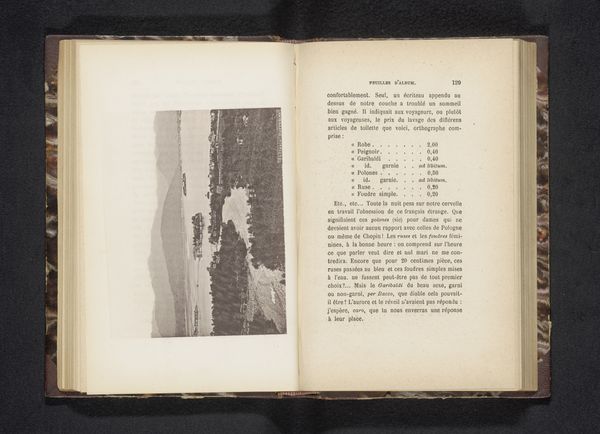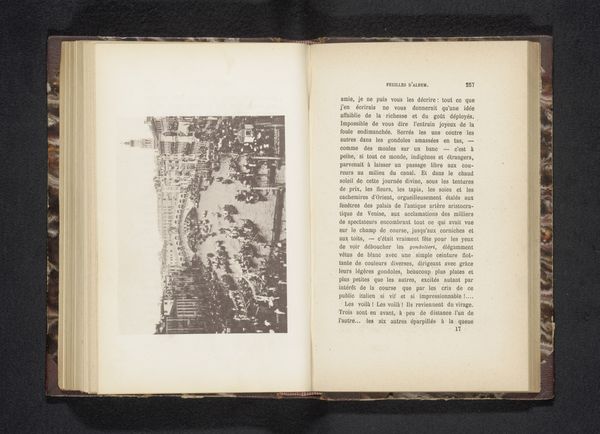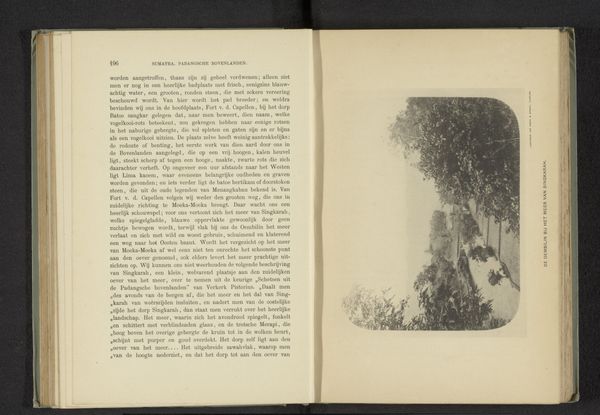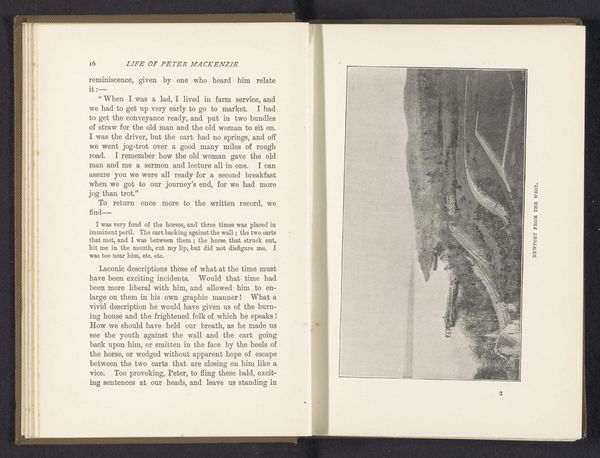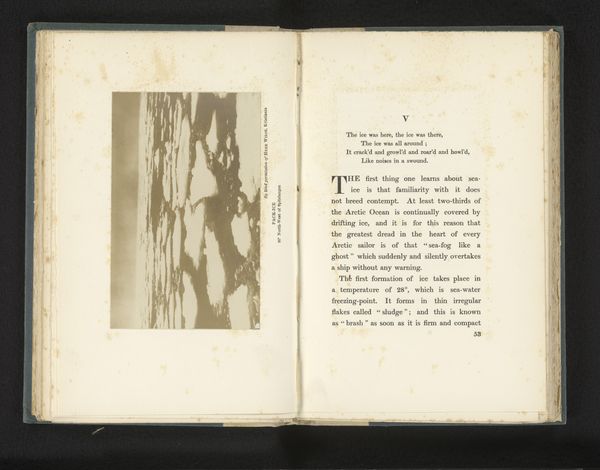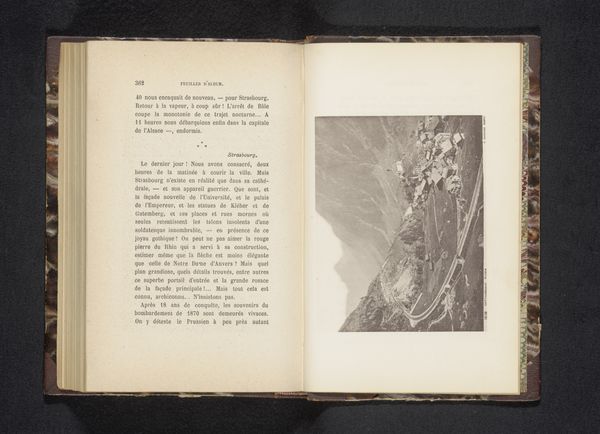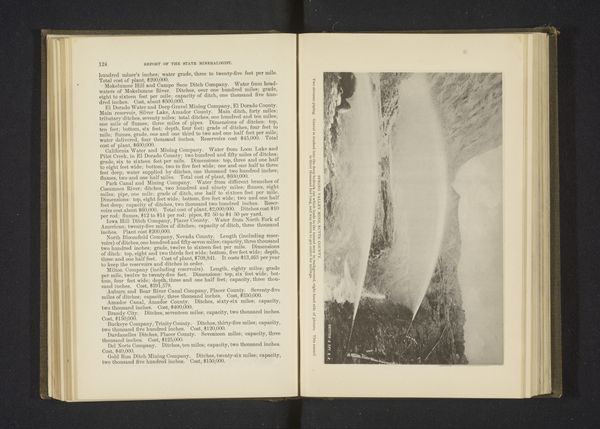
Fotoreproductie van een foto door Heinrich Kühn, voorstellend een wasvrouw in de duinen before 1907
0:00
0:00
print, photography, albumen-print
#
portrait
# print
#
landscape
#
german-expressionism
#
photography
#
symbolism
#
albumen-print
Dimensions: height 87 mm, width 120 mm
Copyright: Rijks Museum: Open Domain
Curator: We're looking at an albumen print by Heinrich Kühn, titled "Washerwoman in the Dunes," dating to before 1907. My first impression? Bleak beauty. The limited tonal range and high contrast creates a kind of quiet drama. Editor: Quiet is right. The dunes seem to swallow the figure. It makes me think of Sisyphean labor. Who was she, and what were the material conditions of her daily toil? We can romanticize it, sure, but her physical reality was far from aesthetic. Curator: I understand that reading, absolutely. And to take it further, photography at the turn of the century became increasingly available, yet, access for working-class women to create such imagery was virtually nonexistent. What were the class and gender dynamics that allowed for Kuhn, as a male photographer, to position and capitalize from this subject matter? Editor: Exactly. We have to ask: what drove the commodification of labor by early photographers, especially considering photography's rise within industrial society. I bet she didn't receive much compensation for being portrayed working her hands to the bone for god knows how little money. Curator: Moreover, the formal choices become politically charged. Kühn’s soft focus and choice of landscape contribute to the aestheticization of labor, obscuring its harsh realities. The framing of the woman in the dunes can be analyzed through a lens that is aware of these power dynamics, questioning the inherent privileges embedded in the act of artistic representation itself. Editor: That is definitely true, and I still think of how her life was filled with repeated acts, washing, carrying, scrubbing, likely struggling with the simplest tools. It emphasizes to me just how crucial the laboring classes are as subject matter for an artist whose material comfort insulated them from having to lift a finger at home or in public. Curator: It reframes my understanding of this as a portrait. We need to view this as an interpretation, deeply colored by societal inequities, that still impact working women and people globally to this day. Editor: Looking closely has brought forward not just the composition of the photo but also an entire network of labor, value, and class disparity.
Comments
No comments
Be the first to comment and join the conversation on the ultimate creative platform.
